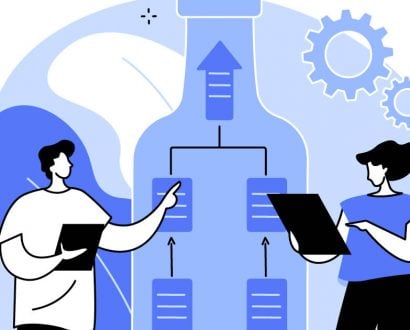Achieve team success with effective decision-making

Your organization is full of people making decisions in pursuit of team and organizational purpose. To invest or divest, to increase prices or not, to introduce a product or to pull another. Their decisions, collectively, determine the success or otherwise of the organization and the CEO.
People are complex, as are organizations. And so are teams. Whether a decision is made by consensus, majority vote or team leader, the process has its complexities. Which means bottlenecks easily arise.
Indications of the cost to a business come from a 2018 McKinsey survey of top executives, which states: "On average, respondents spend 37 percent of their time making decisions, and more than half of this time was thought to be spent ineffectively. For managers at an average Fortune 500 company, this could translate into more than 530,000 days of lost working time and roughly US$250 million of wasted labor costs per year."
Translated for your business, almost 20 percent of any executive’s time is wasted because of ineffective decision-making.

Teams with well-connected team members make the best decisions.
For a good flow of decision-making, you need compelling decisions. Ones that the team can see the merit of and will work hard to deliver on. They are driven by a clear vision and purpose and are able to inspire action and confidence in the chosen course of action.
Strategic decisions are examples of compelling decisions when a strong process is followed. However, the many thousands of decisions being made implementing your strategy don’t follow the same process.
Teams need to be cognizant of the quality of their regular pattern of decision-making.
Team connectivity and process
Teams with well-connected team members make the most compelling decisions.
A 1991 study published in the Proceedings of the Human Factors Society Annual Meeting journal distinguished the more observable elements of good team performance, such as communication and feedback, from less observable elements, such as how a team coordinates activities and adapts them.
They explain that teams coordinate and adapt by anticipating the future needs and actions of team members, and by predicting future levels of demand. To do so, team members ‘draw from an invisible knowledge base’ of how the team functions best.
Research also shows that teams that move from inferred patterns, based on the invisible knowledge base, to a shared mental model of their pattern of decision-making are higher performers.
To move from an inferred to a shared mental model, the team needs to map its processes. Sounds simple, and ultimately, they should be simplified, however, first teams need to go broad and deep so nothing critical is missed.
Strategic decisions are examples of compelling decisions when a strong process is followed.
By having a picture of the process in front of the team, and by going broad and deep, it is much easier to identify bottlenecks or elements leading to poor or weak decisions. Decisions that will often result in rework, which is another form of bottleneck.
Once the process is well understood, it can be pared back to what is essential.
Quality decision-making
With the weak points identified, teams are able to improve quality and speed of decision-making by reviewing decision rights and by designing decision support tools.
For some decisions, the need for consensus or consultation and collaboration may override the need for speed. Whereas others will warrant autocratic decision-makers. Sometimes there will be a need for layers of decision rights, other times these layers can be stripped away.
Decision support tools range from simple decision trees and risk scoring checklists to advanced data models. Developed by the right people with the right starting point, trialed and refined, the quality of decisions and the reduction in re-work can be profound.
As the team gets more comfortable with them, decision flow accelerates.
CEO’s grasp the weight of making the big decisions. CEOs also need to understand the gravity of bottlenecks to the flow of decisions being made while implementing them, as well as the impact of bottlenecks on routine team decisions.
Through process mapping, bottlenecks can be identified and concrete long-term solutions can be found to unlock the quality and speed CEOs desire.